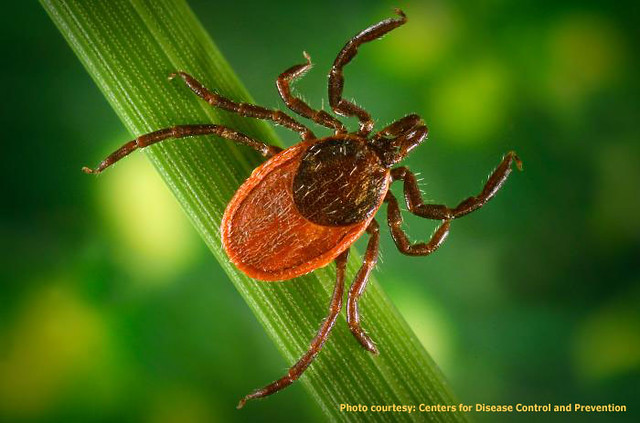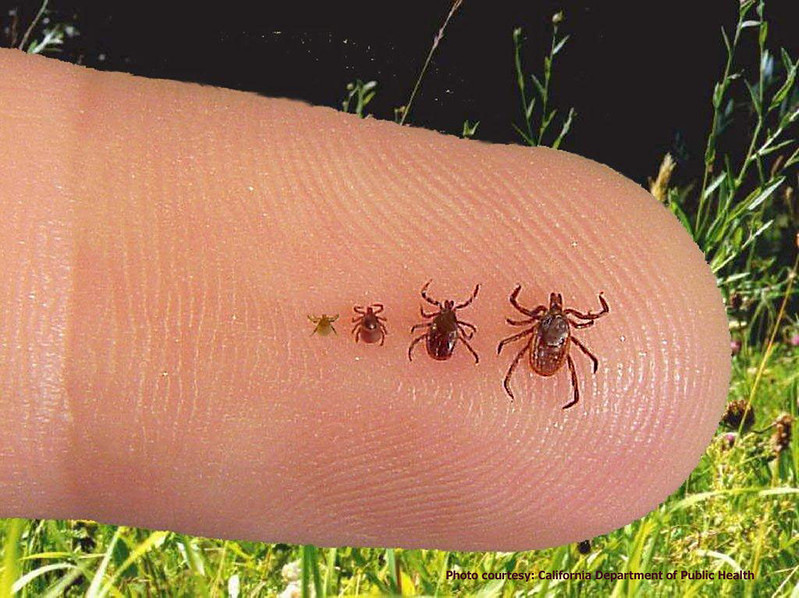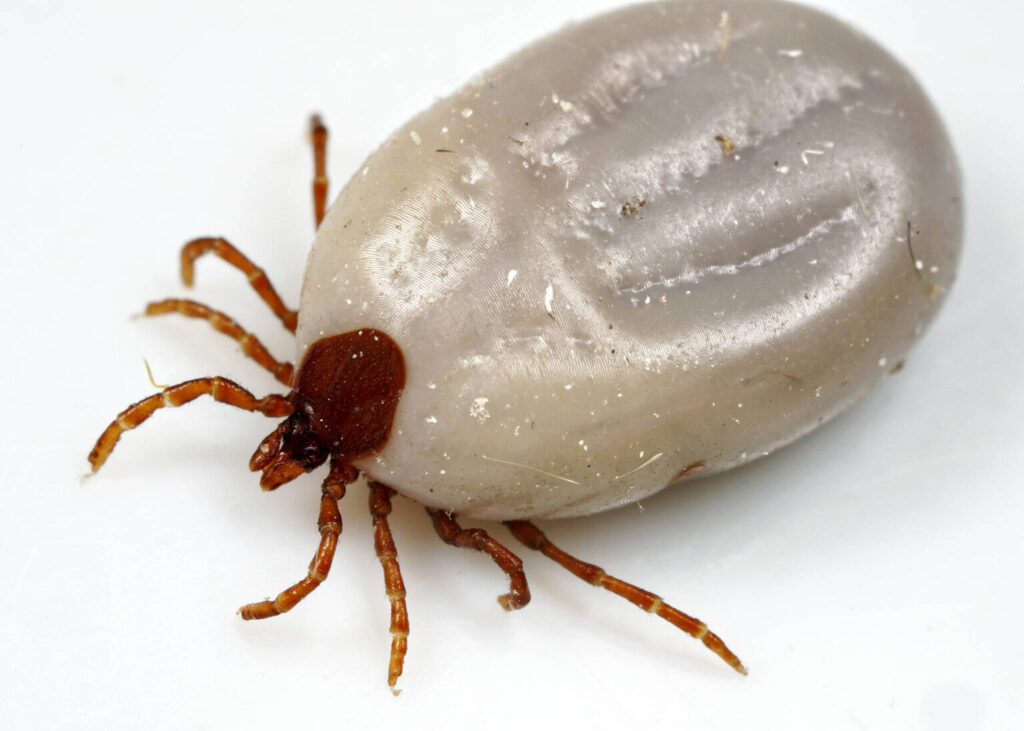Ticks are tiny, spider-like creatures that feed on the blood of animals and humans. They are notorious for spreading diseases like Lyme disease, Rocky Mountain spotted fever, and tularemia. In this comprehensive guide, we will walk you through the world of ticks, including how to identify them, remove them, and prevent them from entering your home.
Ticks are most active during the spring and summer months, but they can still be present in some areas as late as October. They thrive in wooded, bushy, and grassy areas, where they can easily attach themselves to passing animals or humans. Adult ticks have eight legs, while young ticks, also known as larvae, have six legs.

To spot ticks, you need to be vigilant, especially after spending time outdoors. Check your body, including your hair, ears, armpits, and groin area, for any signs of ticks. Also, inspect your pets, especially dogs, for ticks, as they can easily bring them into your home.
Removing ticks requires care and patience. Use fine-tipped tweezers to grasp the tick as close to your skin as possible. Pull upwards with steady, even pressure, and avoid twisting or jerking the tick, which can cause mouthparts to break off and remain in the skin.
Preventing ticks from entering your home requires a multi-faceted approach. Keep your yard clean, free of debris, and trimmed, as ticks thrive in cluttered areas. Use tick repellents on your skin and clothing, and consider treating your pets with tick preventatives. When returning indoors, shower as soon as possible, and wash your clothes in hot water to kill any ticks that may have attached themselves.
In addition to these preventive measures, it’s essential to understand the life cycle of ticks. Ticks go through four stages of development: egg, larva, nymph, and adult. Each stage requires a blood meal to progress to the next stage.

If you suspect that you have ticks in your home, don’t panic. Instead, take action by washing and drying your clothing, vacuuming your home, and treating your pets. If the problem persists, consider consulting a pest control professional.

In conclusion, ticks are a nuisance that can pose serious health risks. By understanding their life cycle, how to spot them, remove them, and prevent them, you can protect yourself, your family, and your pets from these tiny, bloodthirsty creatures. Remember, vigilance is key, and taking proactive measures can go a long way in keeping ticks at bay.


